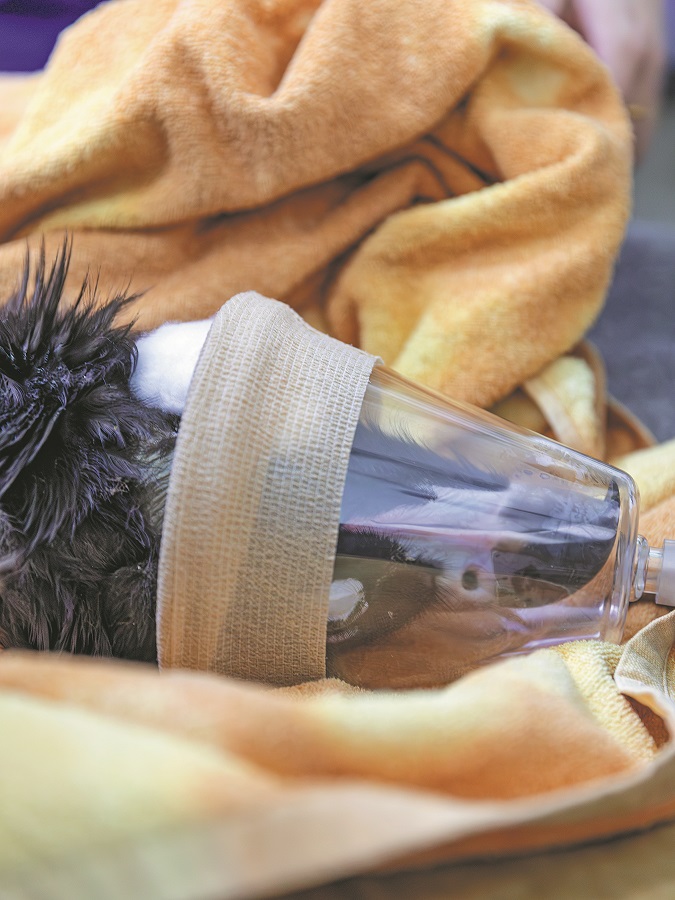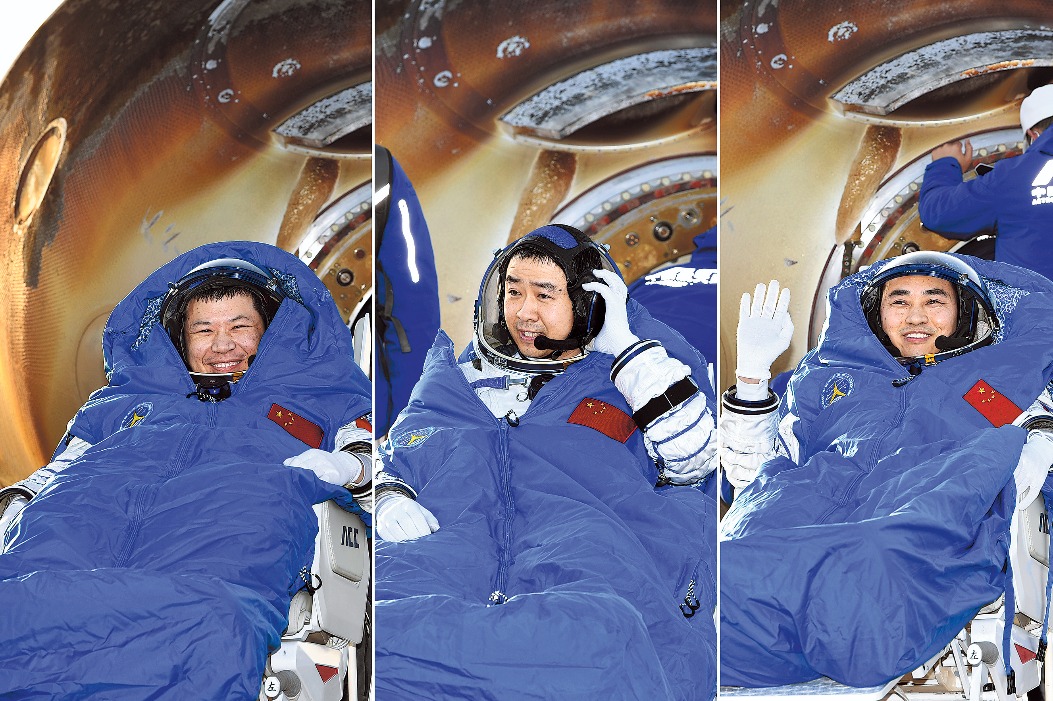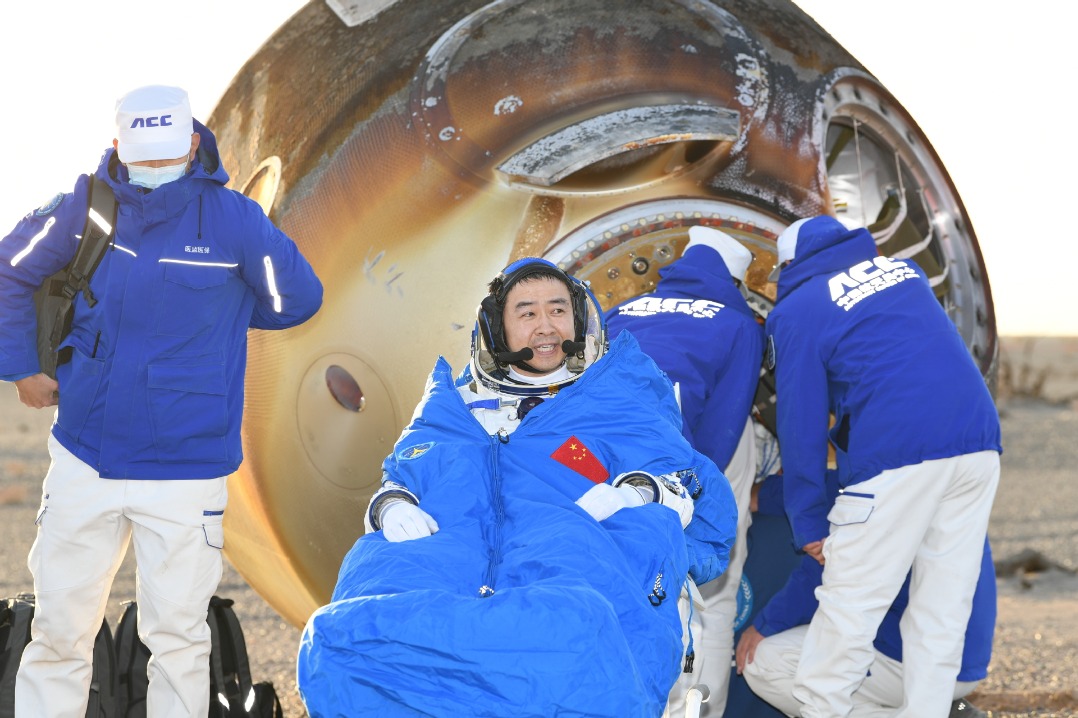Birds of prey a fresh challenge for Beijing
Public awareness, rescue efforts increase as number of raptors grows


Caring for creatures
The eagle owl is one of 6,200 raptors the Beijing Raptor Rescue Center, regarded as the most professional organization of its type in China, has rescued since it was established in December 2001. Among other birds of prey rescued and treated at the center are falcons, eagles and vultures.
The International Fund for Animal Welfare in partnership with Beijing Normal University, founded the center to conduct wild animal rescues, habitat protection work, as well as help resolve conflicts between humans and wildlife.
Beijing lies along four important bird migratory routes for raptors, and also serves as a natural habitat for them.
As raptors are at the top of the food chain, they need a large population of species to sustain their existence, Zhou said. Their presence in a region is an indicator of good biodiversity and a healthy ecological environment, she said.
Raptors are carnivores and have two physical characteristics that distinguish them from other birds: beaks with a 90-degree curve, and very sharp and powerful claws.
"Only those that meet these two conditions are considered raptors," said Zhou, adding raptors have keen vision, sharp hearing as well as light and agile bodies.
There are five families and 99 species of raptors nationwide.
In Beijing, birds of prey from four families — Accipitridae (hawks and eagles), Pandionidae (ospreys), Falconidae (falcons), and Strigidae (owls) — and 50 species can be observed. Two new species of birds of prey, Brahminy kite and Black baza, have been added to the capital's bird classifications in the past two years, Zhou said.
Although raptors are at the top of the avian food chain, they are not immune to injury.
The raptors the center receives are often weak due to exhaustion during migration or lack of food in winter, Zhou said. Some have external injuries from collisions, net entanglements and slingshot injuries. Others have been either poisoned or illegally traded, especially when they are chicks or juveniles. Raptor injuries also occur due to urban development and human activities.
The center's physical examination of injured raptors includes checking their weight and general condition, the integrity of their feathers, and whether there is any evidence of trauma, Zhou said.
They are sometimes X-rayed to determine if there is a fracture or any other injuries. Blood tests may also be conducted to check for inflammation and infection, and the bird may need to undergo an operation if necessary.
After receiving medical treatment at the center, the raptors need to remain there to make a gradual recovery, she added.
The aviary they are kept in simulates the raptors' natural environment. The ground is covered with stones and grass, and the swing-like perches help replicate swaying on tree branches.
The rehabilitation aviary is surrounded by wooden structures covered by two layers of mesh, obscuring the sight of humans and helping the birds to relax. Rehabilitators observe the raptors' recovery through the high-resolution cameras in the cages to avoid disturbing the raptors, Zhou said.
During the raptors' recovery, the therapists feed them whole mice and quails, food they would eat in a wild environment. Oriental scops owls and Oriental honey buzzards are fed mealworms and bee pupae.
























